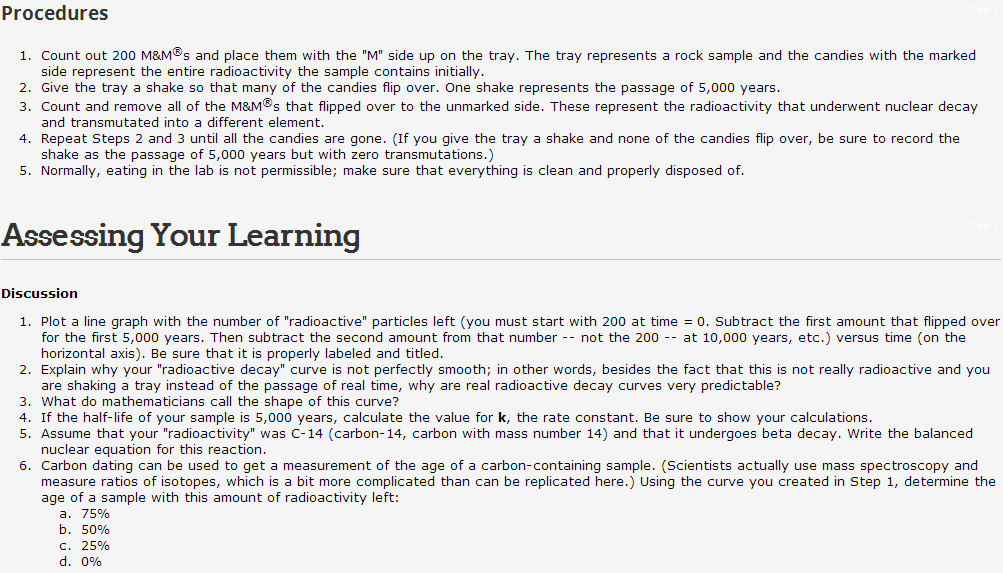CHEM-6 Midterm: Chem 6 Dartmouth Spring Exam1S
Document Summary
Chem 6 sample exam 1 brief answers: a. Doubling [hi] quadruples the rate, so it must be second order in hi. Note that you get the same result by considering columns 2 and 3. So the rate law must be rate = k[hi]2: to get the rate constant, plug in some numbers. I used column 1: rate = 7. 5x10 4ms 1 = k(0. 005m)2 k = 30 m 1s 1: plug in [hi] = 0. 0020m to get rate = 30m 1s 1(0. 0020m)2. E prod. reaction coordinate reaction coordinate reaction coordinate. Reaction (a) (the left-hand one) will be the fastest, since it has the lowest activation energy, and k = ae ea/rt: michaelis-menten. From class discussion of the lineweaver-burk plot, we saw that the maximum possible rate is k2[e]o. Set this equal to the rate expression to get k2[e]o/2 = {k2[e]0[s]}/[s] + km. You can already see that this works when [s] = km.

